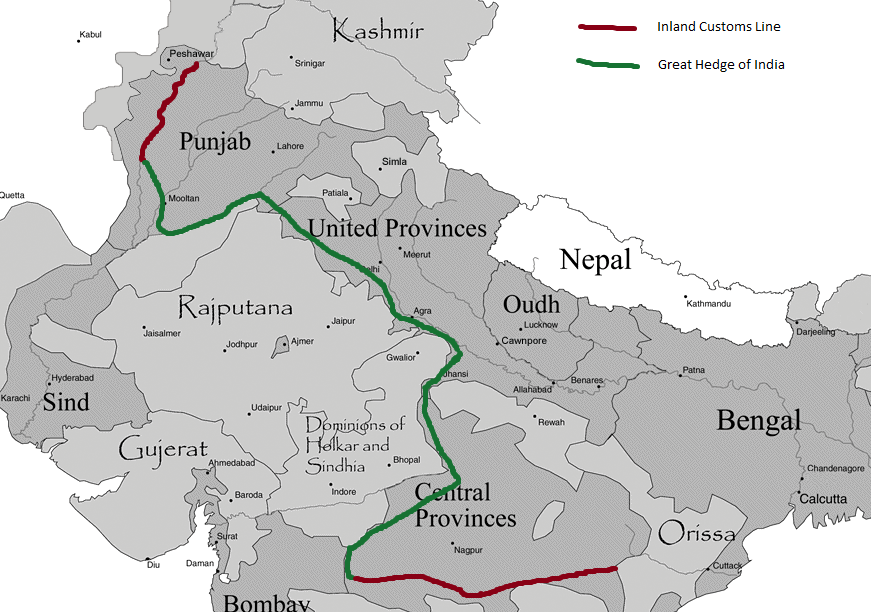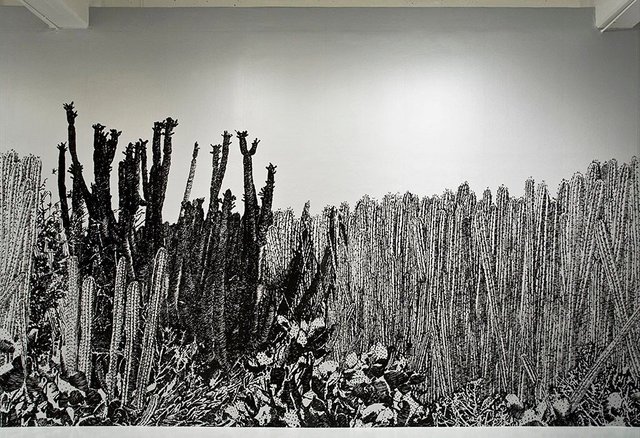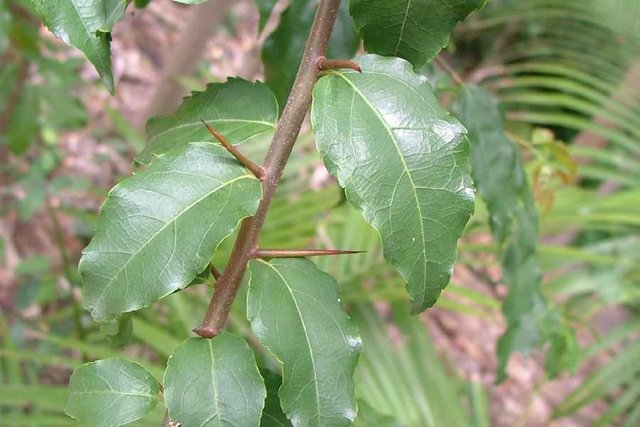TIL: The Great Hedge of India - When Britain built a wall across the country
Donald Trump could learn a thing or two about building walls from the British Empire.
It sounds a bit crazy, but the British actually built a massive hedge that prevented Indians from crossing easily from one side of the country to the other. It was a cheap and surprisingly effective solution!
The hedge was a large part of the Inland Customs Line, which was customs barrier intended primarily to prevent the illegal smuggling of salt (but also sugar, opium, cannabis and people) and collect the salt tax .

Salt was a vital commodity, and like many things in the Empire, a lucrative trade in smuggling emerged. The East India Company was upset that it was losing out on the tax revenue, and so decided to build a big, beautiful wall down the middle of India. And the Indians would pay for it!
However, a wall wasn’t easy or cheap to build, as large parts of India didn’t have the rock or bricks required. It was necessary to secure a distance of more than 2,500 miles (4,000 km).
One temporary solution begun in the 1840s was to lay cut thorn bushes between the custom’s houses. However, when these started to take root, the possibilities of natural barrier were taken seriously, and work began on actually planting and cultivating the hedge.

By 1868, The hedge was at least 8 feet (2.4 m) high and 4 feet (1.2 m) thick. In certain places it was 12 feet (3.7 m) high and 14 feet (4.3 m) thick. Alan Octavian Hume, one of the architects of the hedge solution (and Commissioner of Inland Customs from 1867–70) congratulated himself that the barrier was "in its most perfect form, ... utterly impassable to man or beast".

The hedge was initially made of dead, thorny material – especially Indian Plum (see the spikes below)

However, over time Hume and various eminent botanists experimented with several species including babool, karonda, bamboo and types of Euphorbia. In districts where nothing else would grow, the prickly pear was used.
In addition to this formidable wall, the Inland Customs Department employed officers to patrol the line and catch smugglers in the act. In 1872, there were 14,000 staff.
The hedge, along with the patrols, was very effective in reducing smuggling. It was still possible to launch small packages over the hedge, or to break through the weaker parts, but this required quite a lot of effort. During the 1857 Rebellion, parts of the hedge were even burnt down, as it represented a symbol of British domination.
Over time, the hedge began to cause more problems. The key issue for the money-men in charge was that it was damaging free trade, which was essential to prosperity of the Indian territories. The British Viceroys felt that the tax collected was not enough to compensate for the benefits of freedom of movement. It was much easier to apply the tax at the point of manufacture. Additionally, despite being almost free to build, the hedge still had to be maintained because of the harsh Indian climate, and the large amount of patrol officers had to be paid.
In 1879, work on the hedge was abandoned, holes were hacked through, and the hedge succumbed to the elements. In 1947, following Independence, the remnants were torn up. Now almost no traces exist.
Good info. Thanks for posting - Voted & Following!
This article surprised me! It's easy to read, even don't know when finish it. You should definitive write more... you have my follow :)
Cheers. I usually do photography, but occasional write stuff, mainly history or fiction.
nicely written; maybe Trump should build the Wall in this fashion...certainly we have the gardeners for it ;>
He could certainly save a bit of money by going green (although that's not really his style!)
Thanks for sharing, I had no idea about that!
This was great. The headliner is what caught my attention:
(Don't say it too loud, it's actually a good idea and he might really build the damned wall)
Great info here, I've been thinking about putting a natural plant barrier around my house instead of a stone wall per se. But, the climate here is very hot and dry. Thanks for the list of plants to look into!
Great post, something I would have never known about but for this post. Thanks @sroka87
full steem ahead!
Informative and interesting! Thanks